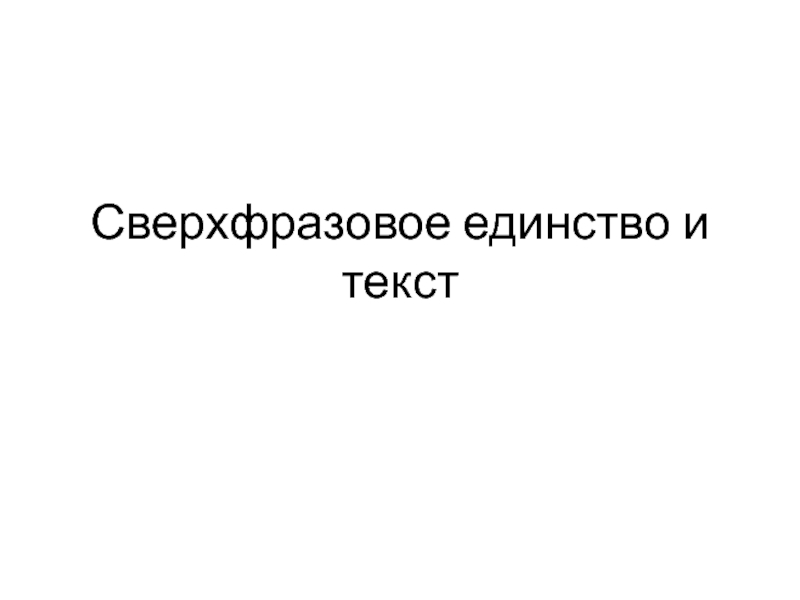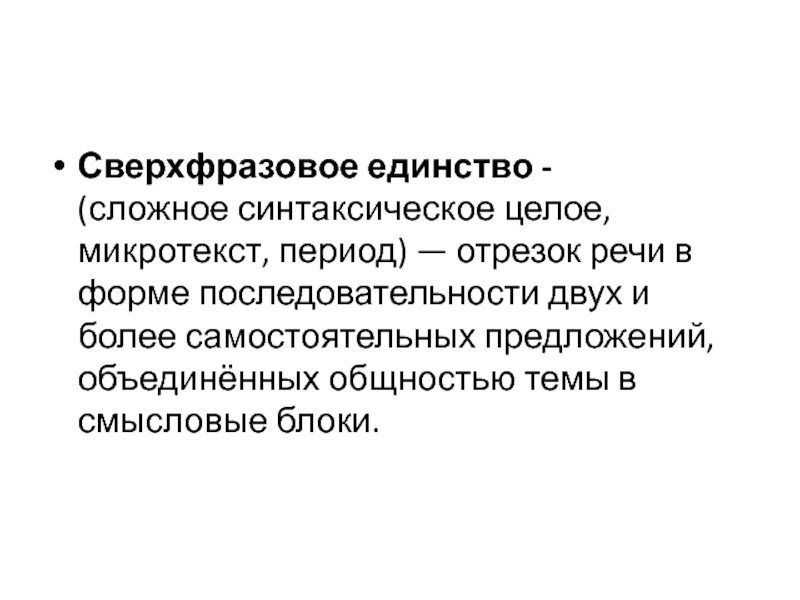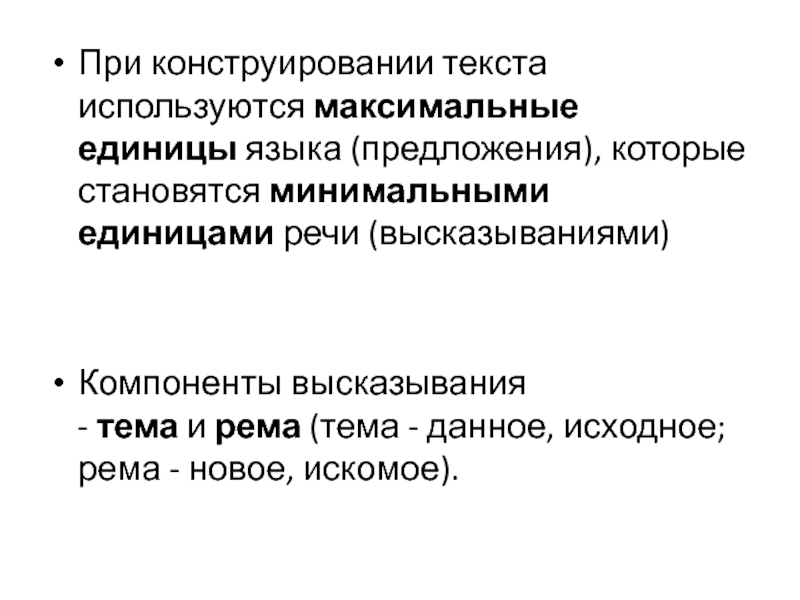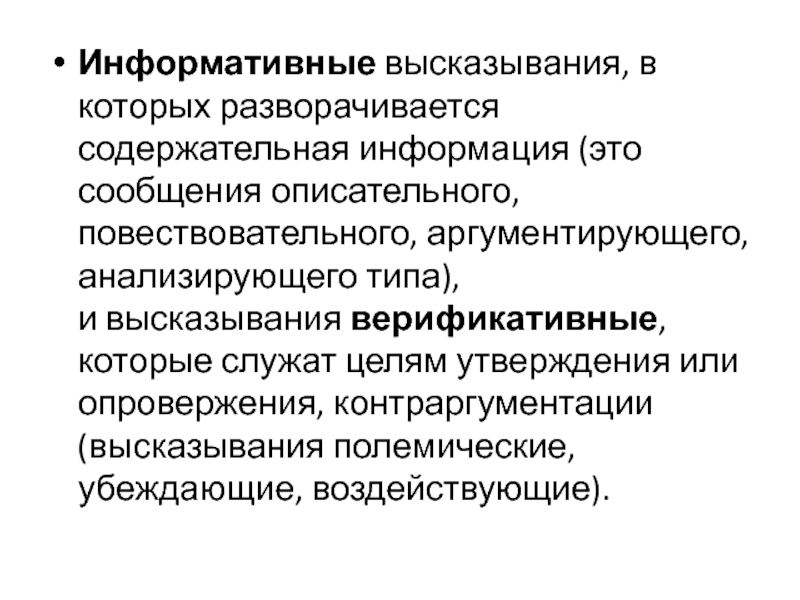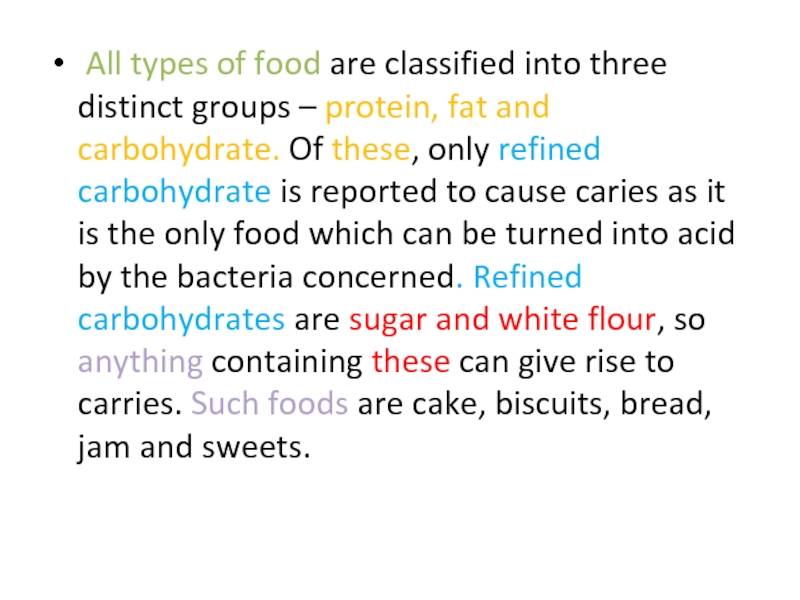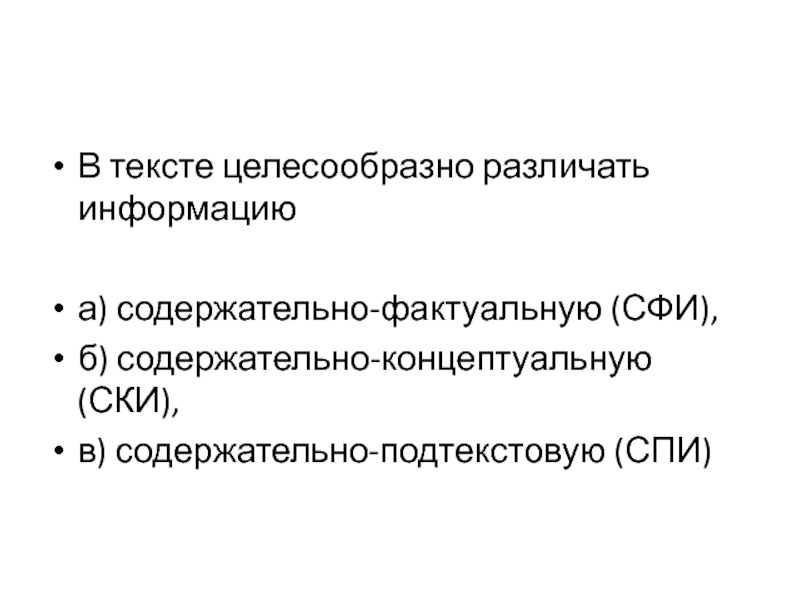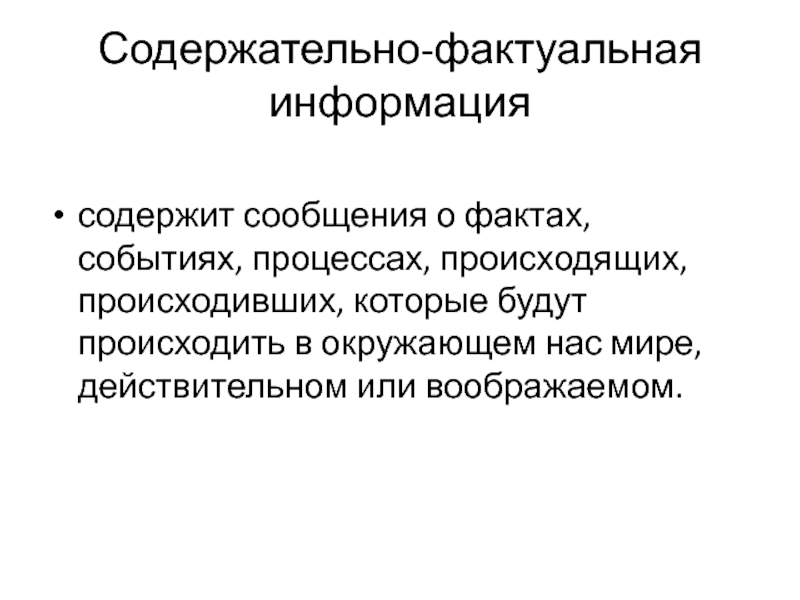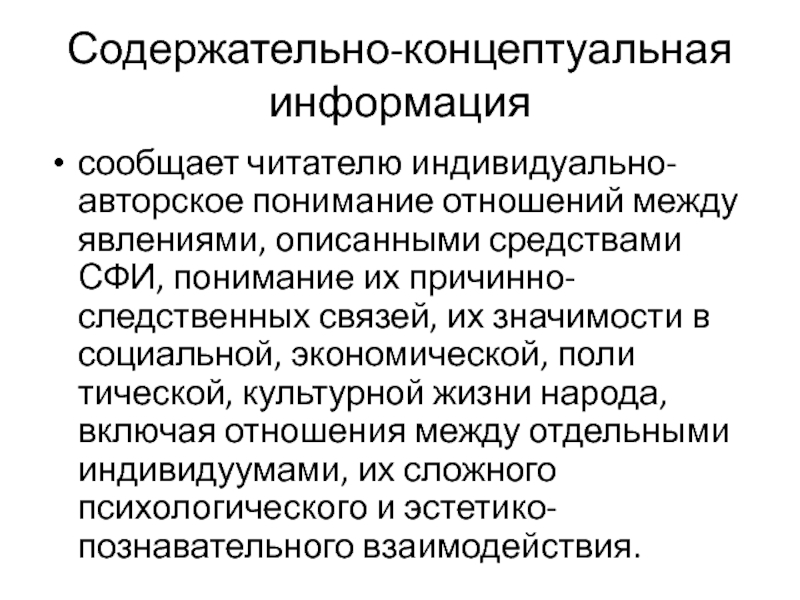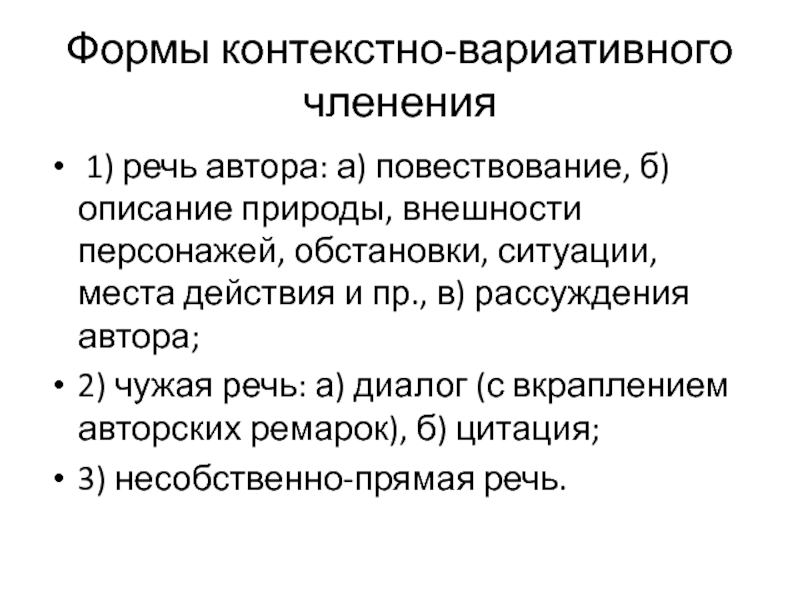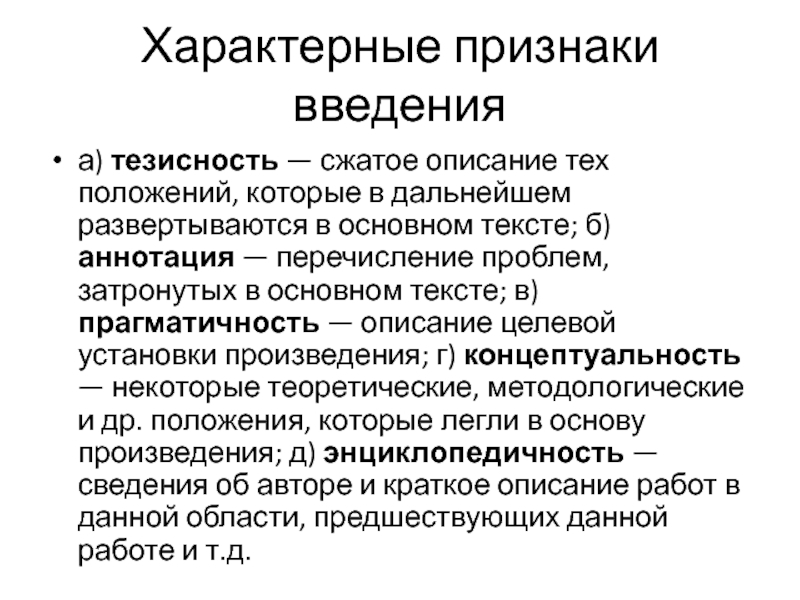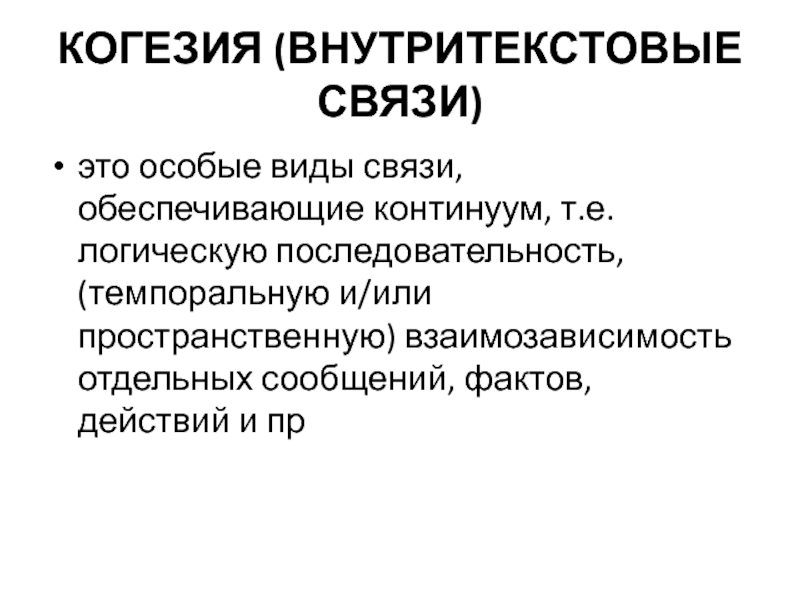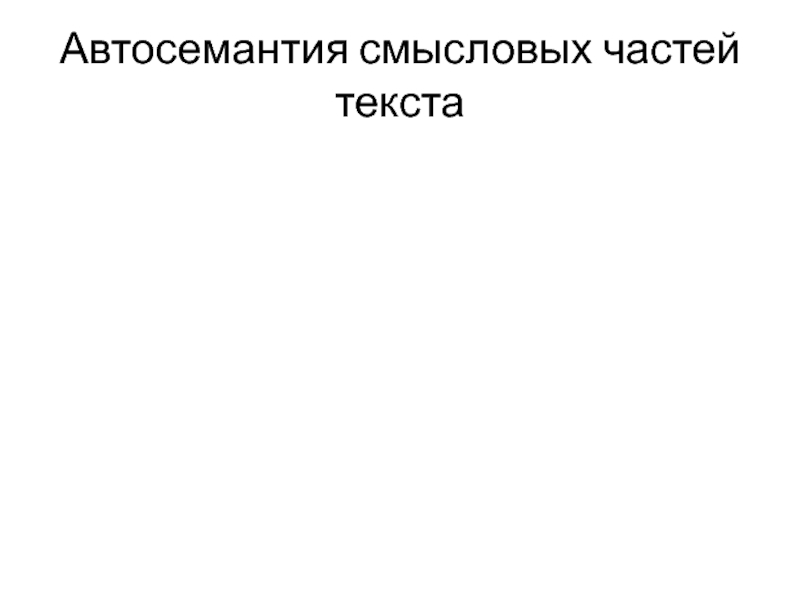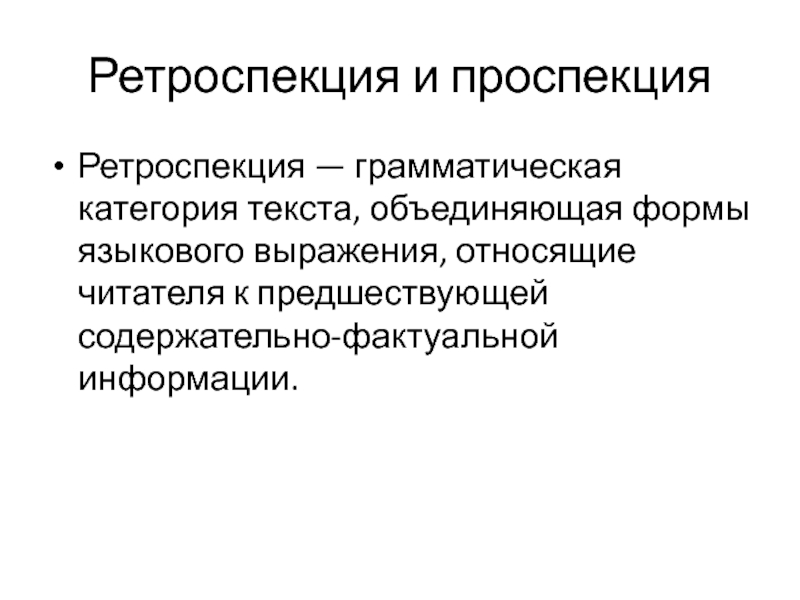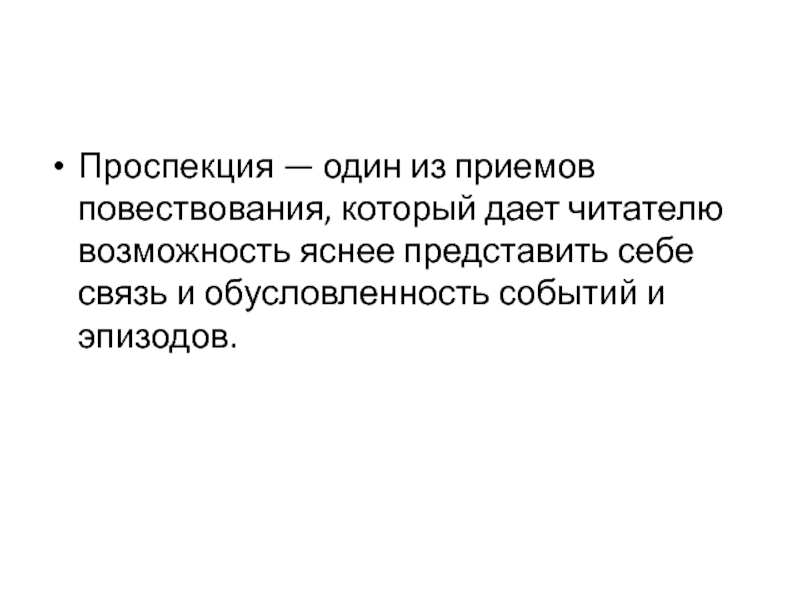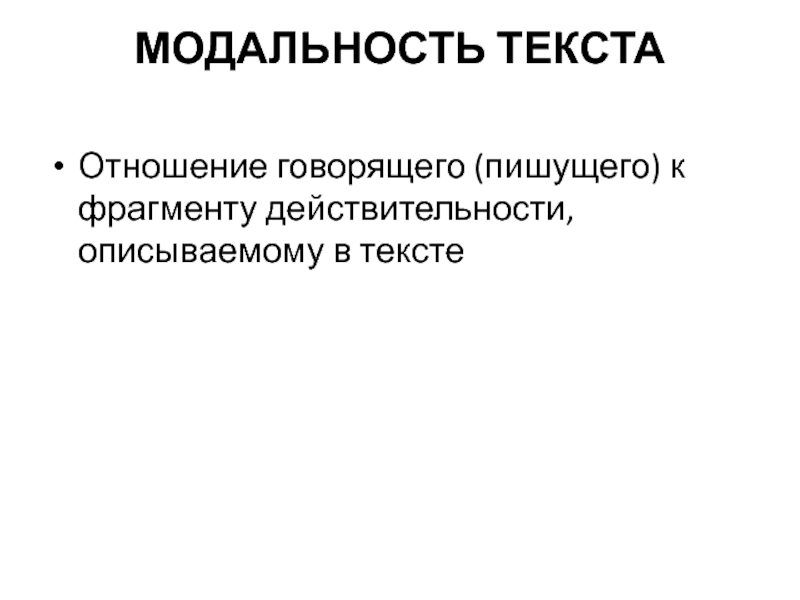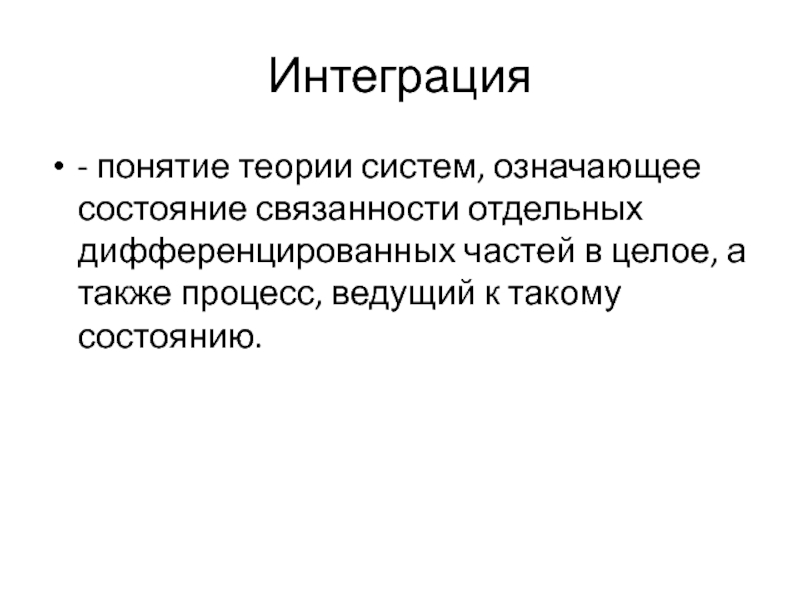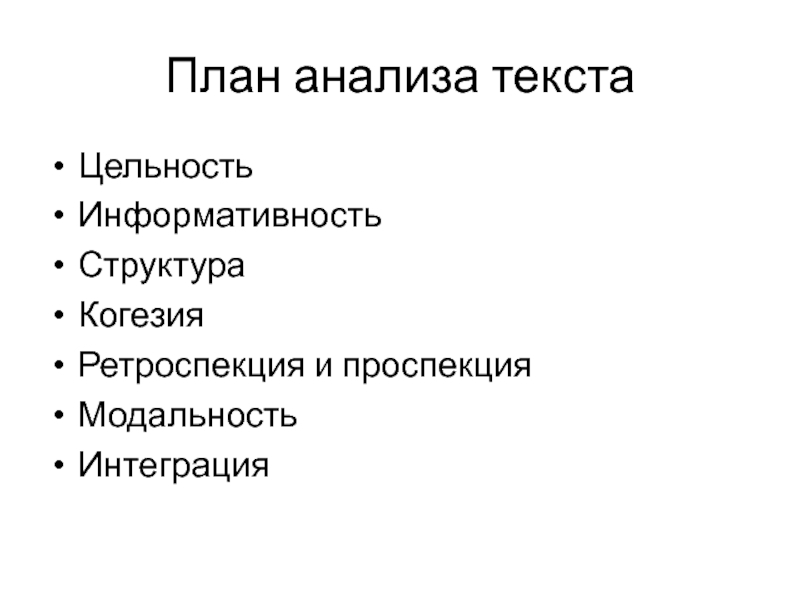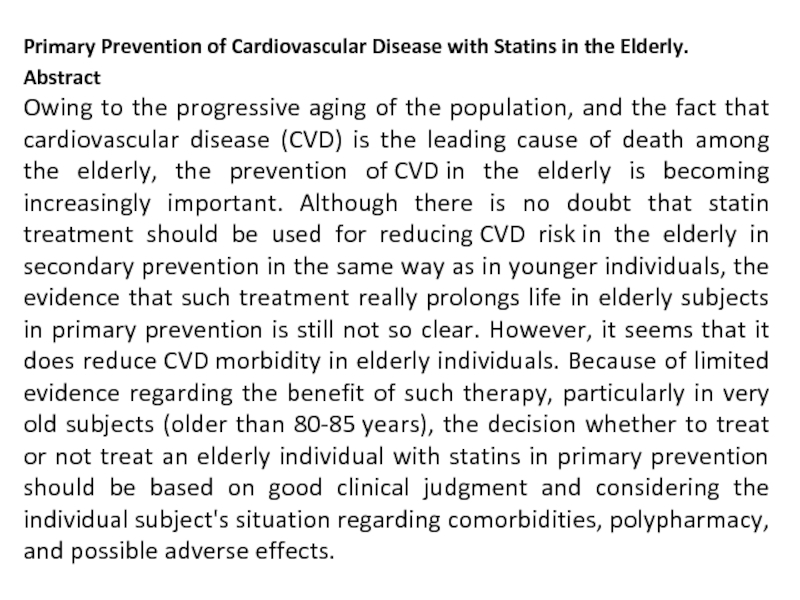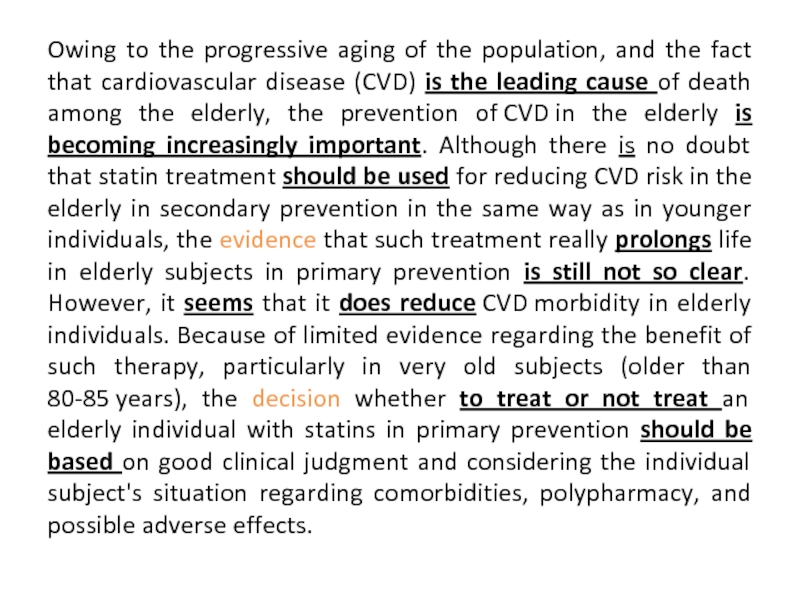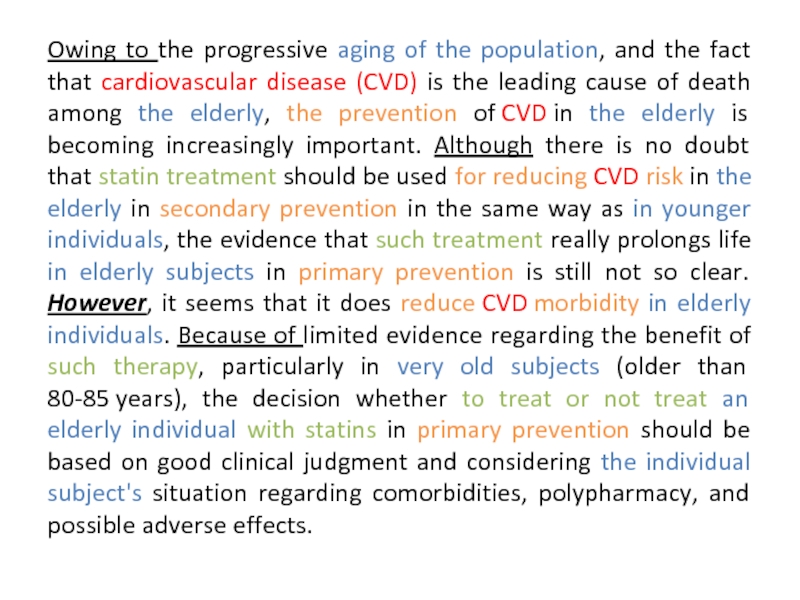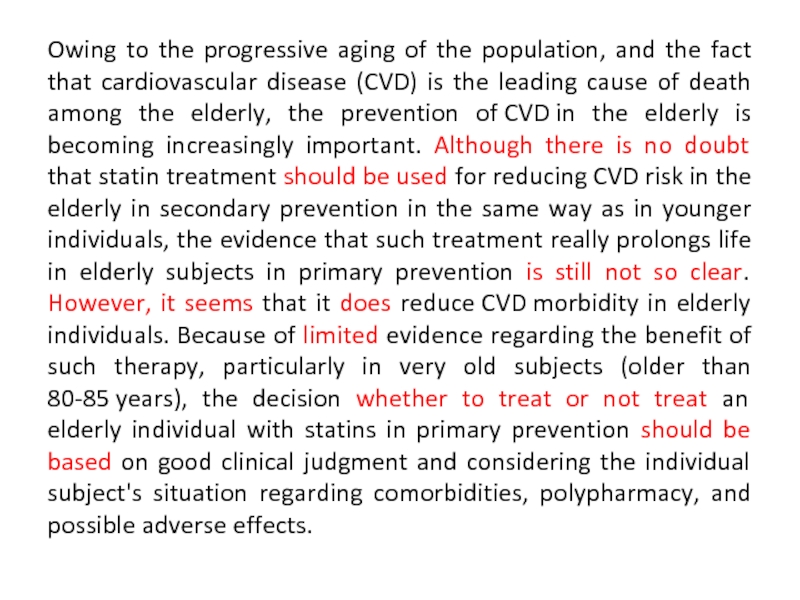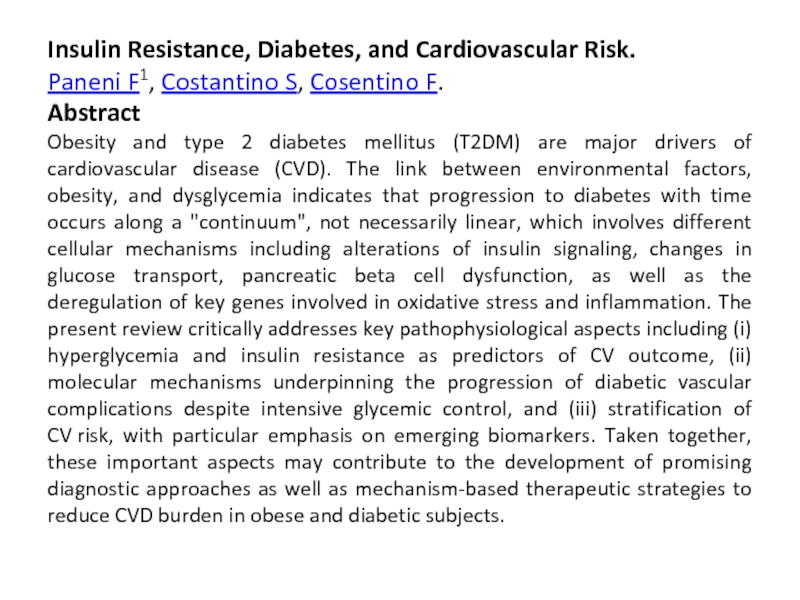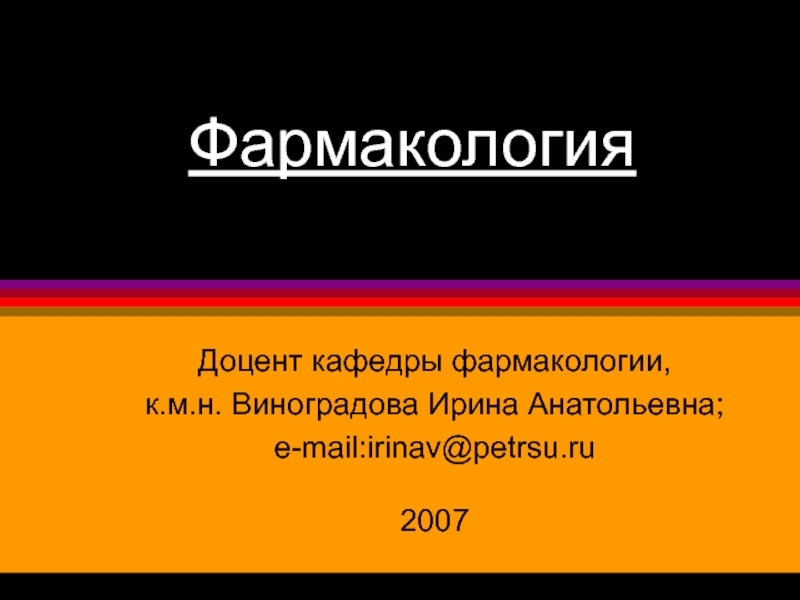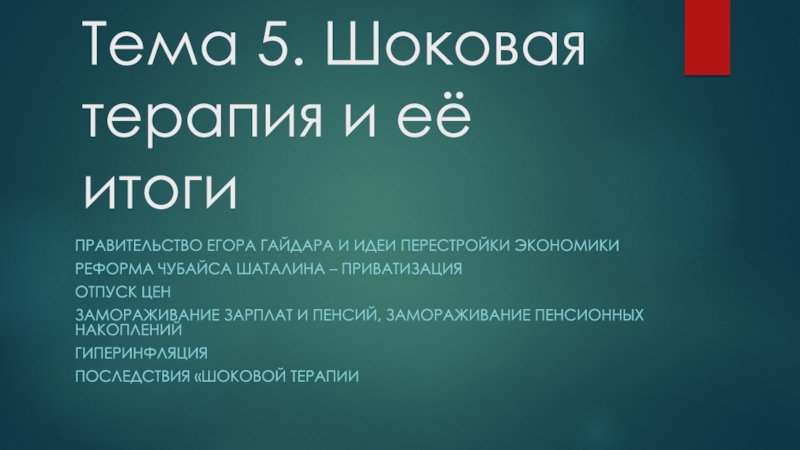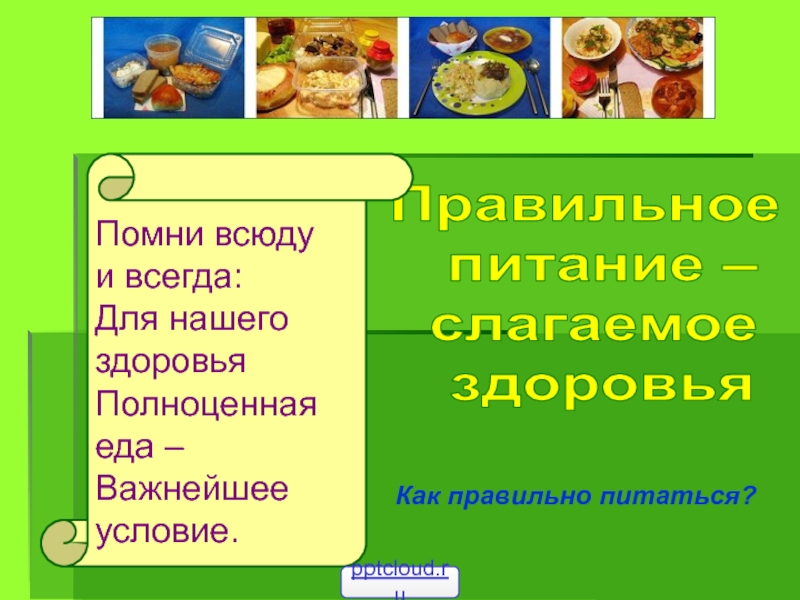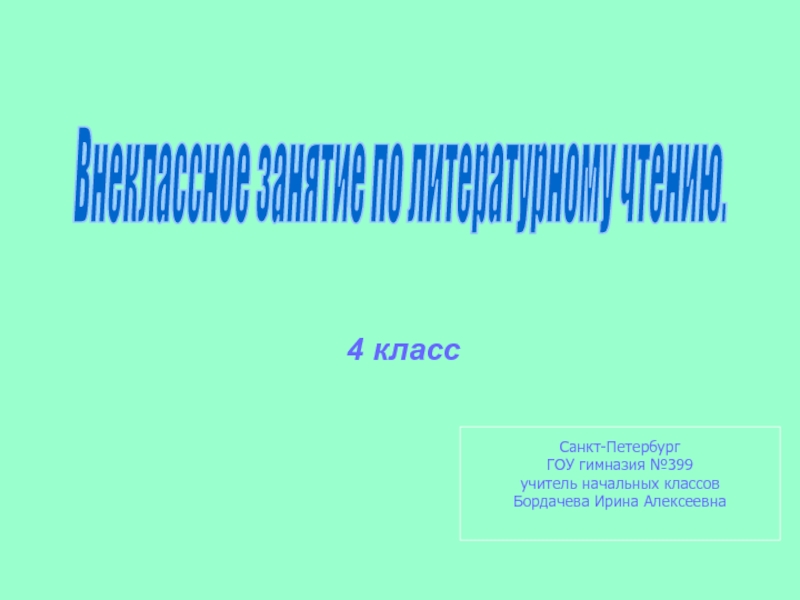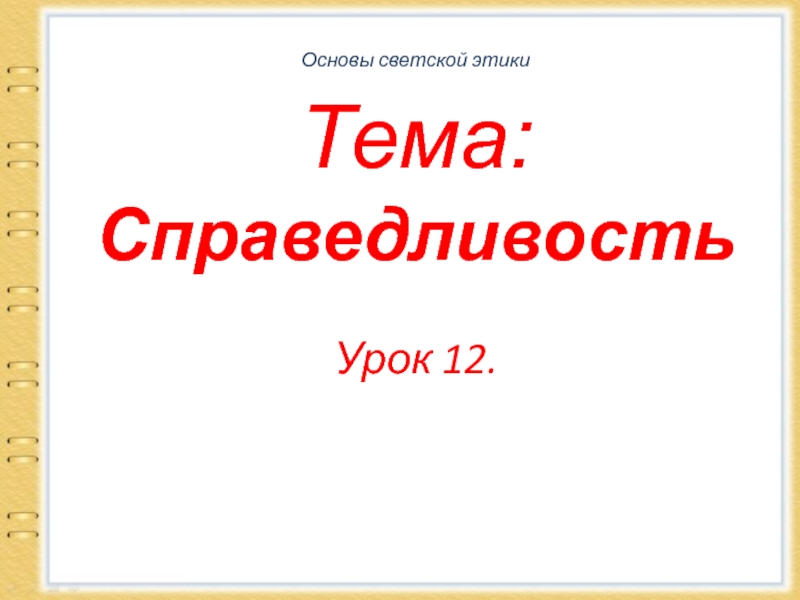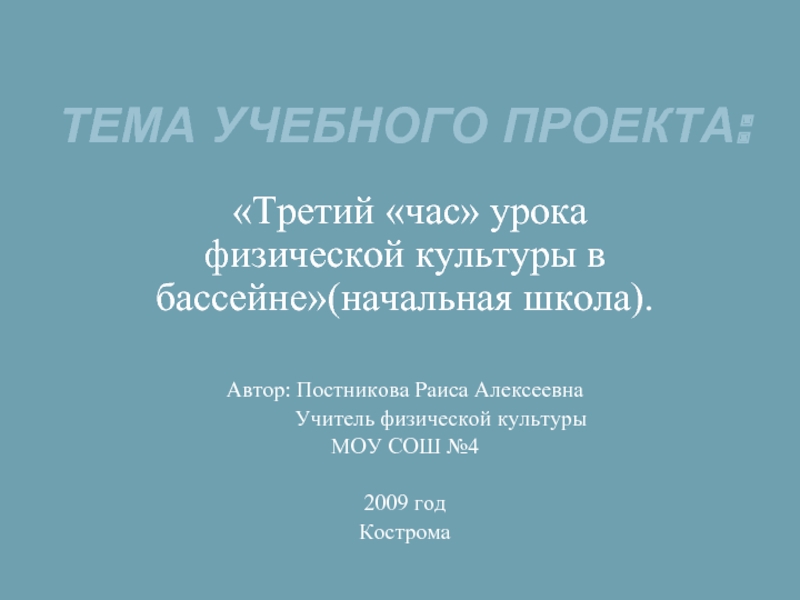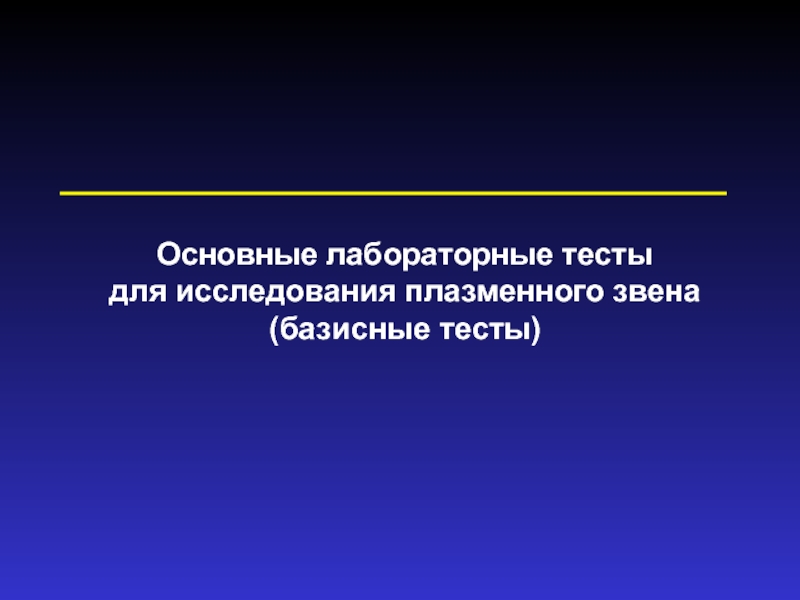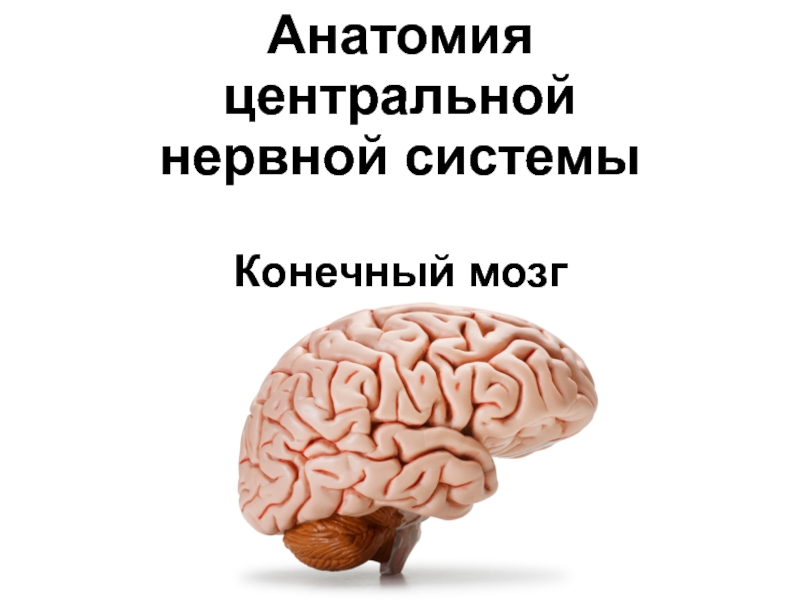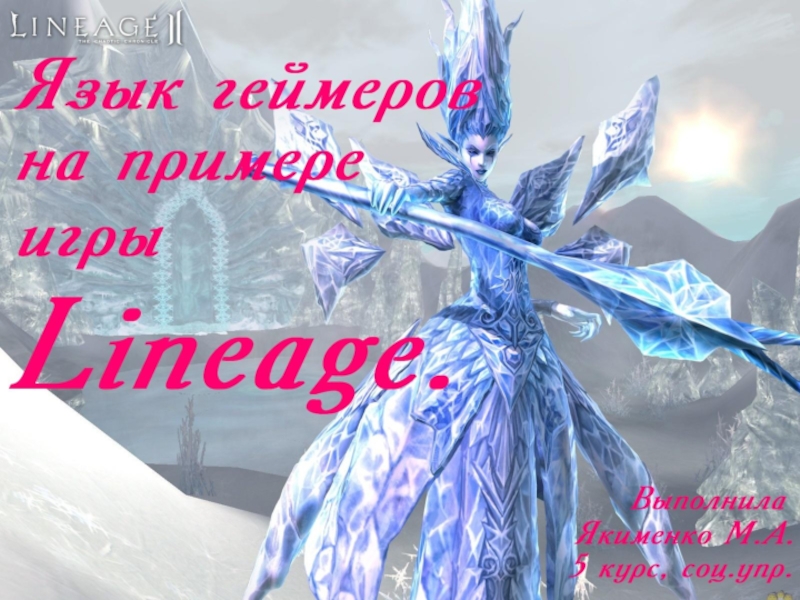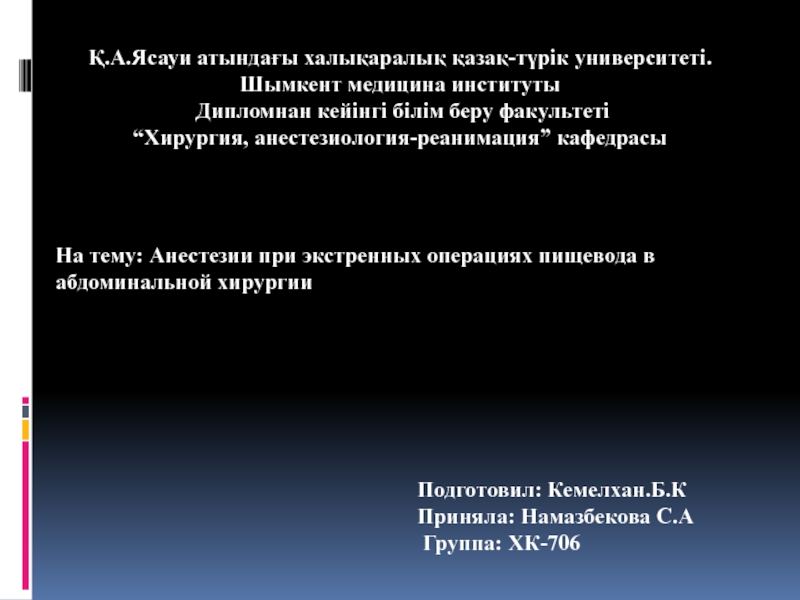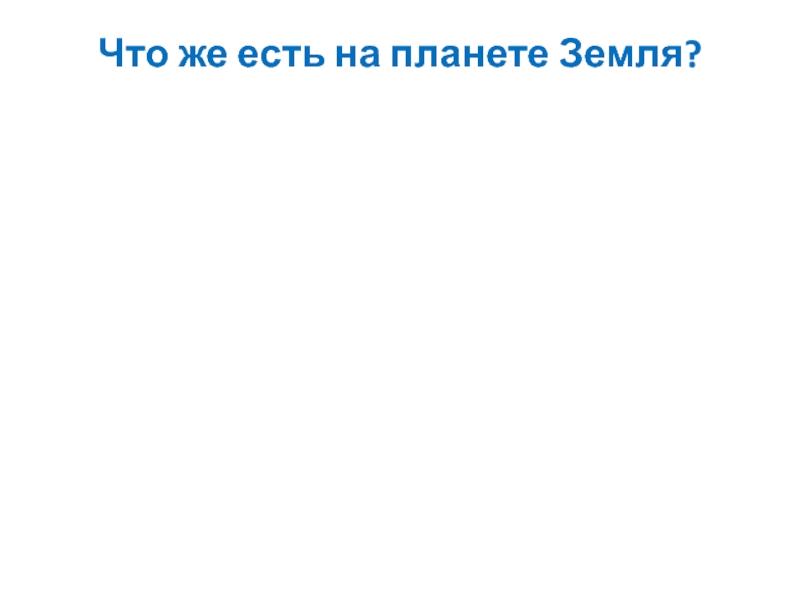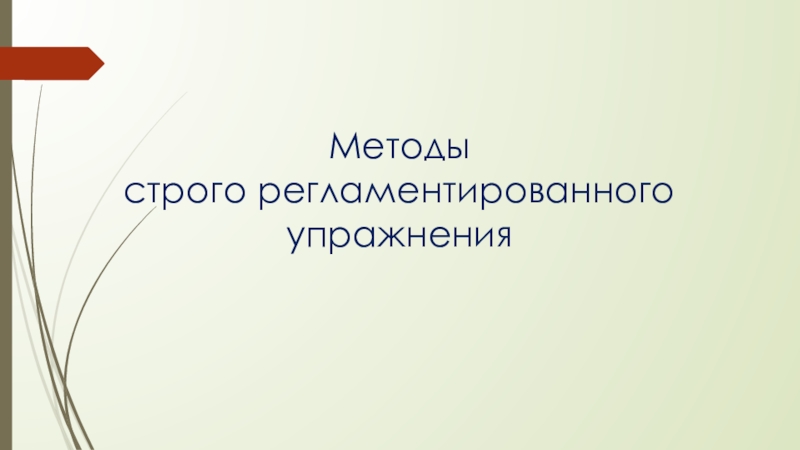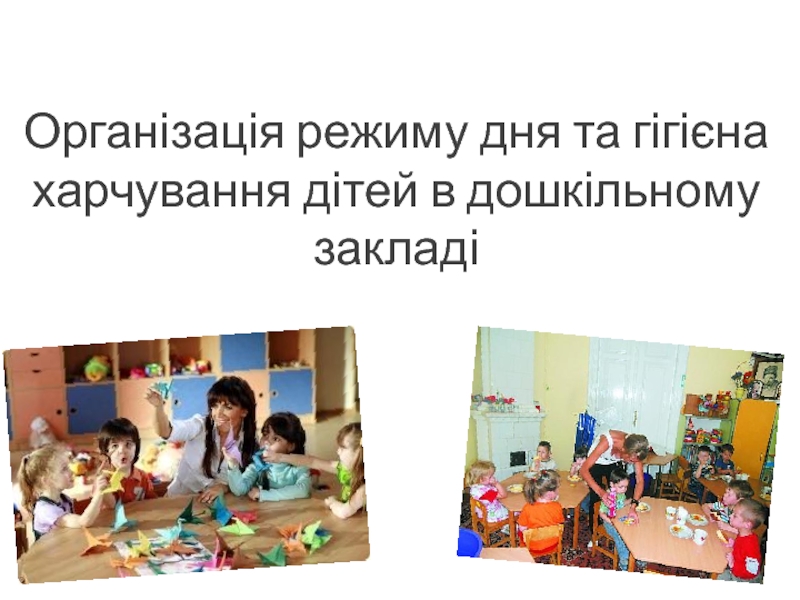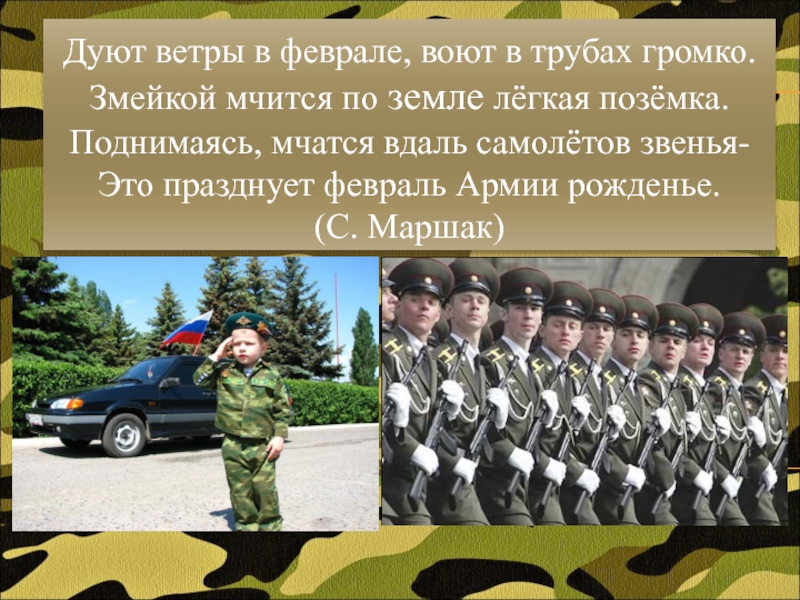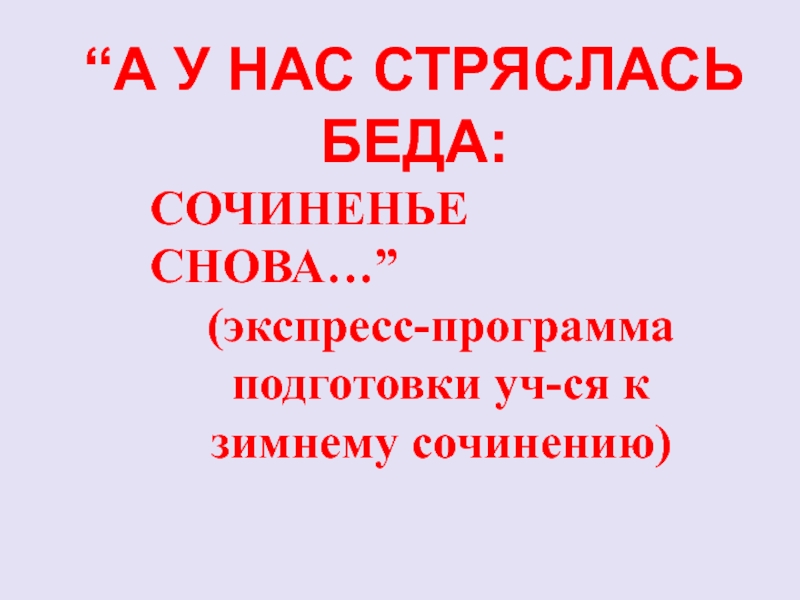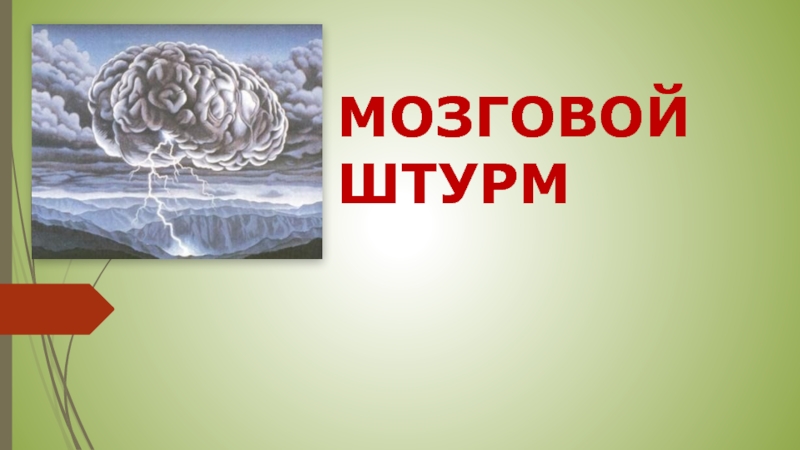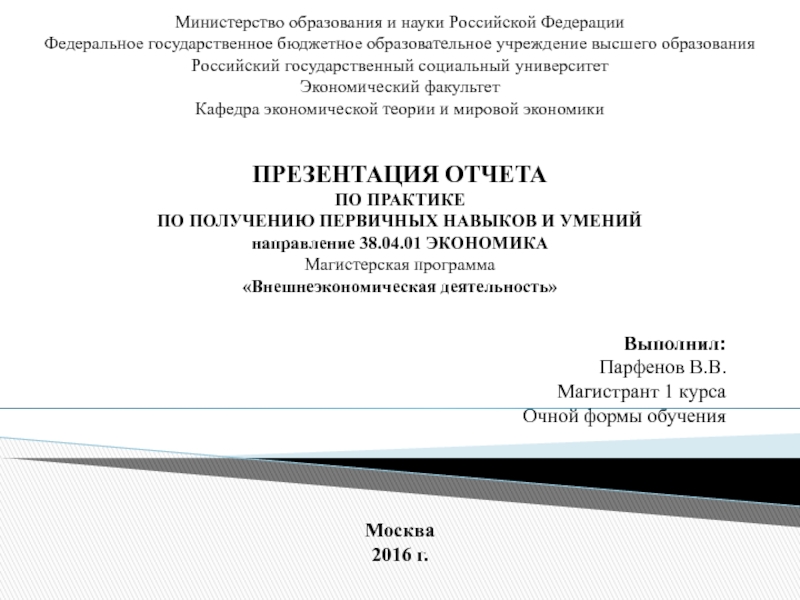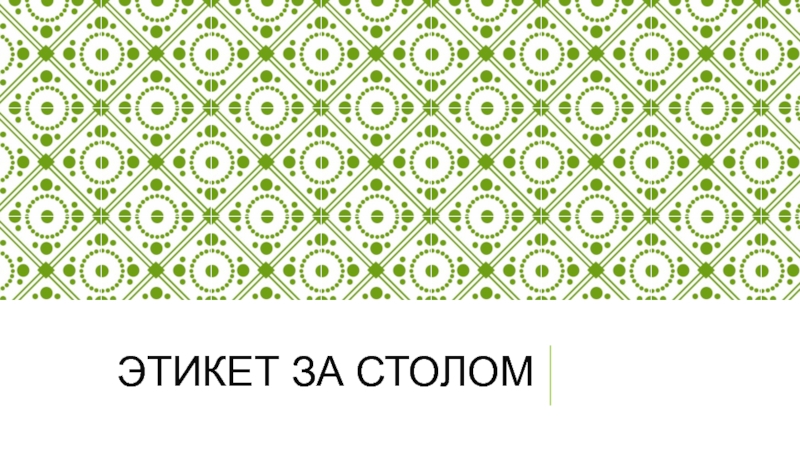Разделы презентаций
- Разное
- Английский язык
- Астрономия
- Алгебра
- Биология
- География
- Геометрия
- Детские презентации
- Информатика
- История
- Литература
- Математика
- Медицина
- Менеджмент
- Музыка
- МХК
- Немецкий язык
- ОБЖ
- Обществознание
- Окружающий мир
- Педагогика
- Русский язык
- Технология
- Физика
- Философия
- Химия
- Шаблоны, картинки для презентаций
- Экология
- Экономика
- Юриспруденция
Сверхфразовое единство и текст
Содержание
- 1. Сверхфразовое единство и текст
- 2. Сверхфразовое единство - (сложное синтаксическое целое, микротекст, период) — отрезок речи в
- 3. «Это положение обусловлено следующими факторами: во-первых..., во-вторых...»
- 4. При конструировании текста используются максимальные единицы языка (предложения), которые
- 5. Информативные высказывания, в которых разворачивается содержательная информация (это
- 6. «В очень известном и большом городе жил
- 7. All types of food are classified
- 8. В тексте целесообразно различать информацию а) содержательно-фактуальную (СФИ), б) содержательно-концептуальную (СКИ), в) содержательно-подтекстовую (СПИ)
- 9. Содержательно-фактуальная информациясодержит сообщения о фактах, событиях, процессах,
- 10. Содержательно-концептуальная информациясообщает читателю индивидуально-авторское понимание отношений между
- 11. Содержательно-подтекстовая информацияпредставляет собой скрытую информацию, извлекаемую из
- 12. Сообщение- форма информации, предназначенная для передачи получателю
- 13. Формы контекстно-вариативного членения 1) речь автора: а)
- 14. Характерные признаки введенияа) тезисность — сжатое описание
- 15. КОГЕЗИЯ (ВНУТРИТЕКСТОВЫЕ СВЯЗИ)это особые виды связи, обеспечивающие
- 16. Автосемантия смысловых частей текста
- 17. Ретроспекция и проспекцияРетроспекция — грамматическая категория текста,
- 18. Проспекция — один из приемов повествования, который
- 19. "The more particular implications of structuralism may
- 20. МОДАЛЬНОСТЬ ТЕКСТА Отношение говорящего (пишущего) к фрагменту действительности, описываемому в тексте
- 21. Интеграция- понятие теории систем, означающее состояние связанности
- 22. План анализа текстаЦельностьИнформативностьСтруктураКогезияРетроспекция и проспекцияМодальностьИнтеграция
- 23. Primary Prevention of Cardiovascular Disease with Statins
- 24. Owing to the progressive aging of the
- 25. Owing to the progressive aging of the
- 26. Owing to the progressive aging of the
- 27. Insulin Resistance, Diabetes, and Cardiovascular Risk.Paneni F1, Costantino S, Cosentino
- 28. Скачать презентанцию
Сверхфразовое единство - (сложное синтаксическое целое, микротекст, период) — отрезок речи в форме последовательности двух и более самостоятельных предложений, объединённых общностью темы в смысловые блоки.
Слайды и текст этой презентации
Слайд 2Сверхфразовое единство - (сложное синтаксическое целое, микротекст, период) — отрезок речи в форме последовательности двух
и более самостоятельных предложений, объединённых общностью темы в смысловые блоки.
Слайд 4При конструировании текста используются максимальные единицы языка (предложения), которые становятся минимальными единицами речи
(высказываниями)
Компоненты высказывания - тема и рема (тема - данное, исходное; рема - новое, искомое).
Слайд 5Информативные высказывания, в которых разворачивается содержательная информация (это сообщения описательного, повествовательного,
аргументирующего, анализирующего типа), и высказывания верификативные, которые служат целям утверждения или опровержения,
контраргументации (высказывания полемические, убеждающие, воздействующие).Слайд 6«В очень известном и большом городе жил царь, вдовец. У
царя была дочь, невеста. Царевна далеко славилась и лицом и
умом, и потому многие весьма хорошие люди желали сосватать ее. Среди этих женихов были князья, воеводы, и гости торговые, и ловкие проходимцы, которые всегда толкаются в знатных домах и выискивают, чем бы услужить»(Н. Рерих. Детская сказка)Слайд 7 All types of food are classified into three distinct
groups – protein, fat and carbohydrate. Of these, only refined
carbohydrate is reported to cause caries as it is the only food which can be turned into acid by the bacteria concerned. Refined carbohydrates are sugar and white flour, so anything containing these can give rise to carries. Such foods are cake, biscuits, bread, jam and sweets.Слайд 8В тексте целесообразно различать информацию
а) содержательно-фактуальную (СФИ),
б) содержательно-концептуальную
(СКИ),
в) содержательно-подтекстовую (СПИ)
Слайд 9Содержательно-фактуальная информация
содержит сообщения о фактах, событиях, процессах, происходящих, происходивших, которые
будут происходить в окружающем нас мире, действительном или воображаемом.
Слайд 10Содержательно-концептуальная информация
сообщает читателю индивидуально-авторское понимание отношений между явлениями, описанными средствами
СФИ, понимание их причинно-следственных связей, их значимости в социальной, экономической,
политической, культурной жизни народа, включая отношения между отдельными индивидуумами, их сложного психологического и эстетико-познавательного взаимодействия.Слайд 11Содержательно-подтекстовая информация
представляет собой скрытую информацию, извлекаемую из СФИ благодаря способности
единиц языка порождать ассоциативные и коннотативные значения, а также благодаря
способности предложений внутри СФЕ приращивать смыслы.Слайд 12Сообщение
- форма информации, предназначенная для передачи получателю (получателям) сведений о
событиях происходящих, происшедших или которые будут происходить в ближайшее время.
Слайд 13Формы контекстно-вариативного членения
1) речь автора: а) повествование, б) описание
природы, внешности персонажей, обстановки, ситуации, места действия и пр., в)
рассуждения автора;2) чужая речь: а) диалог (с вкраплением авторских ремарок), б) цитация;
3) несобственно-прямая речь.
